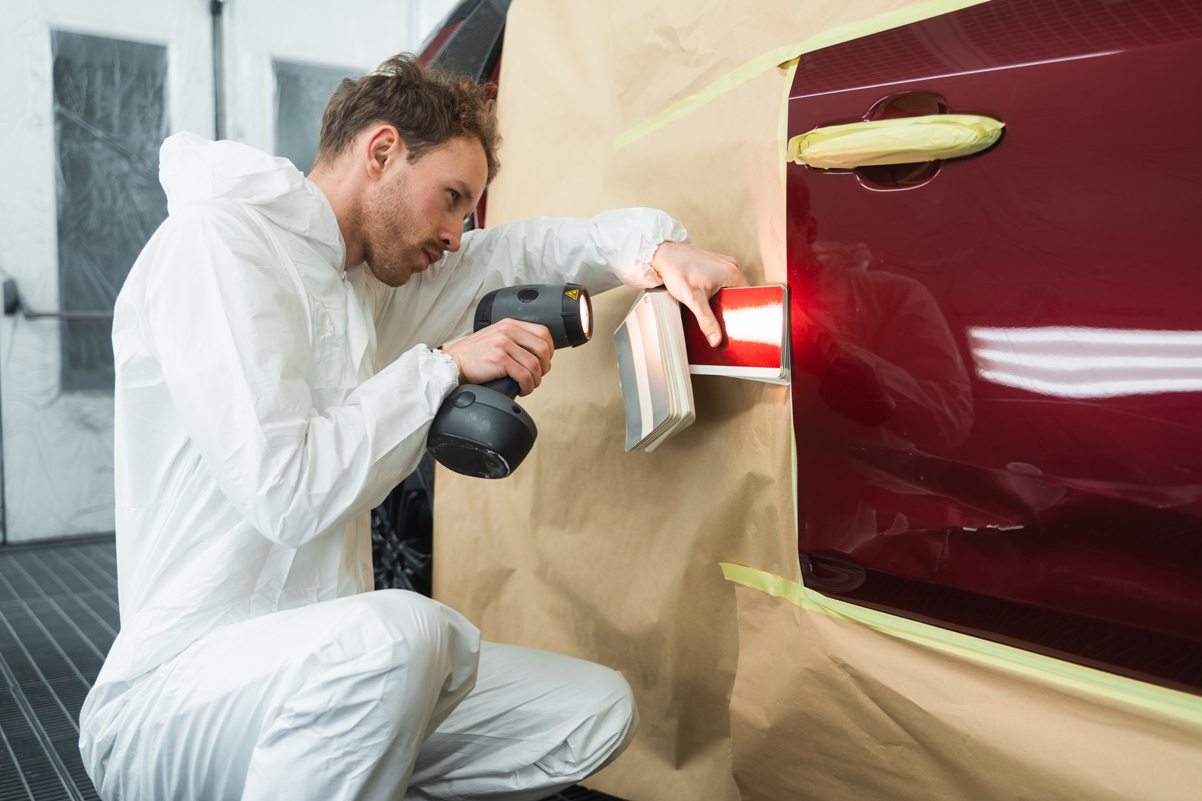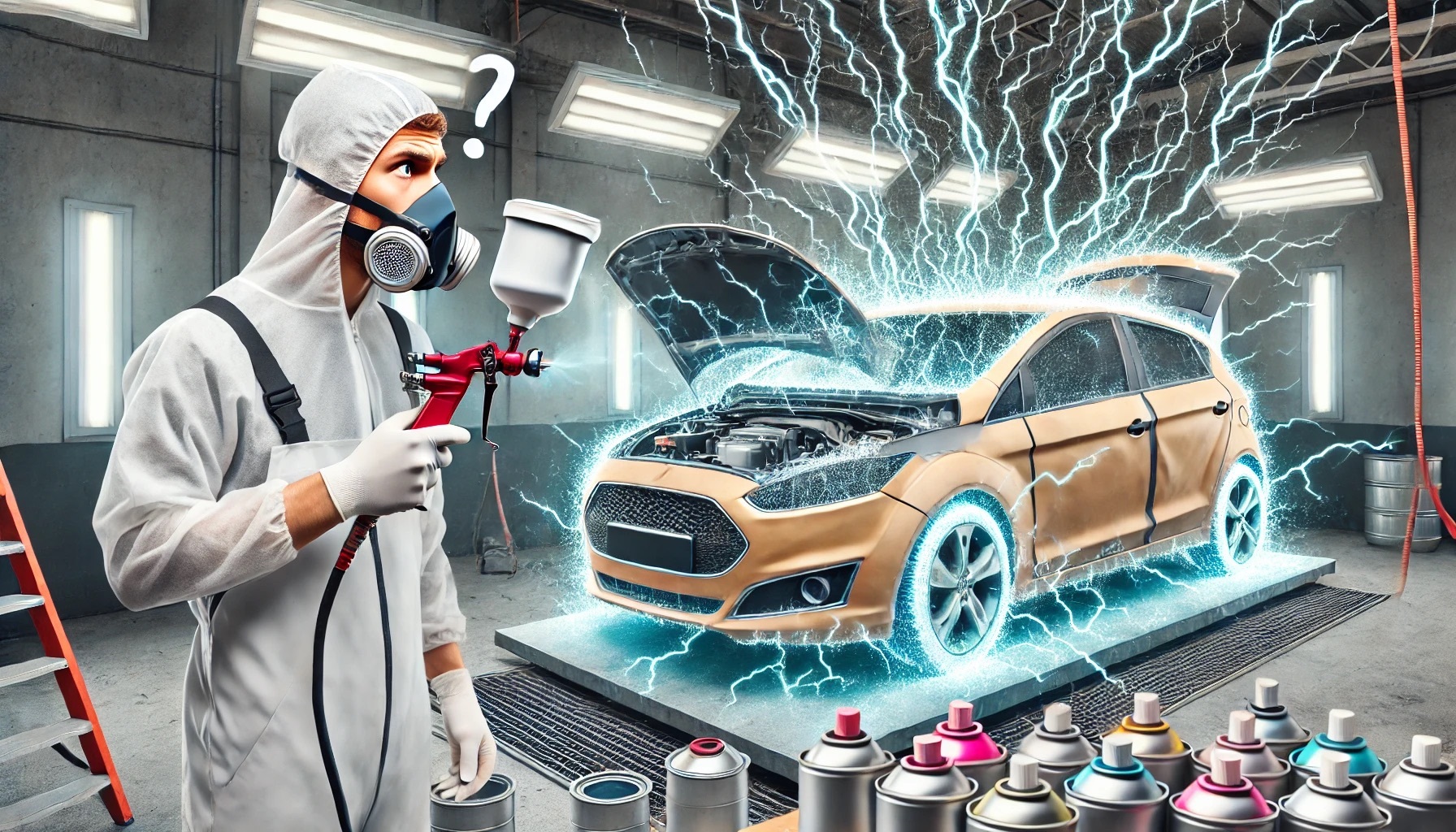I think that is goes without saying that nowadays a collision repair shop should have a mixing scheme (or schemes) at hand. Running back and forth to a paint supply shop is not a viable solution. What if you ran out of paint? What if you miscalculate the amount of paint needed and waste a lot? How to deal with color matching issues when the person who prepares paint and the painter are miles away? The answer is easy. Have a mixer close-at-hand.
Why are there still body shops without their own paint mixing facility?
In Greece, for example, there are plenty of car refinishing workshops who solely rely on paint supply store to source their paint. The reasons why the owners and managers avoid installing their own mixing system are few. Firstly, they do not have skilled personnel to prepare paint. Secondly, painters can always blame a paint supplier for a poor job and their own mistakes. Paint wasn’t prepared correctly. Easy excuse. Finally, there are some practical issues like poor stock management, reluctance to invest in the equipment or even space problems.
Whatever the excuse one uses to avoid installing his own mixing system, the benefits of having paint available at any moment are numerous and incontestable. So, if you decided to move on with your own paint system, continue reading.
Main aspects to consider before choosing a paint scheme for your shop
- Choose supplier first. There plenty of reliable paint systems in the market. To certain extent all of them have reliable products, however the level of service and technical support depends heavily on the local distributor. Among other, consider if a supplier-to-be has a technician to assist with problems (and problems will always come). Also, ask around your colleagues. Good supplier will have many advocates.
- Check for approvals. If your body shop relies on work stream coming from certain car brands, which require approvals for the repairs, then you should investigate which paint brands are qualified.
- Cost of installation. Every supplier has different offer packages, including equipment leasing, free stock and other benefits. Do your research thoroughly!
- Consider the shelf life of the pigments. Paint is expensive. Fact. Also, some of the pigments are low rotation. Prefer the paint system with longer shelf life of their products.
- Test. Test. Even if the well-known brands have decent products, they all have their pros and cons. Brand A may be faster to dry, while brand B could be better in color matching for certain car brands, and brand C offer more cost effective system. There are plenty of details in application.
- Calculate real cost. I don’t mean the prices here. Comparing price per liter of pigment is the worst cost analysis one could do. It means nothing. There are diluted pigments already with binder and thinner added, as well as very concentrated pigments with very high price tag per liter. In order to measure the cost of a particular system you should firstly calculate RFU (ready for use), and, secondly, determine the consumption. Examine metallic and non-metallic colors, as well as low opacity shades like reds or yellows. Evaluate the drying times, ease of mistakes correction and blending process for difficult colors.
- Last, but not the least, evaluate the training programs available from each paint brand. Training is key, especially today, when new and difficult to reproduce colors are popular among car manufacturers.
Important note: Don’t be seduced by freebies and “gifts”. Often suppliers try to impose a lengthy and restrictive contract when giving “free” stuff. Nothing is free in our world, so those freebies will be paid by you at premium. Protect your independence. Choose taking a bank loan for the equipment rather than signing a tedious binding agreement.





